Africa is home to a wide array of wildlife, with big cats like lions, leopards, and cheetahs standing out as magnificent symbols of the continent’s rich biodiversity. These creatures have not only captured the attention of naturalists and tourists but have also played a significant role in shaping the folklore and cultural narratives across various African communities. Through myths, legends, and tales, big cats have come to represent a range of qualities and beliefs, influencing both ancient and modern-day cultures. This article explores the cultural impact of these majestic predators in African folklore, revealing the deep-rooted human-animal connections fostered over millennia.
The Lion: Symbol of Power and Royalty
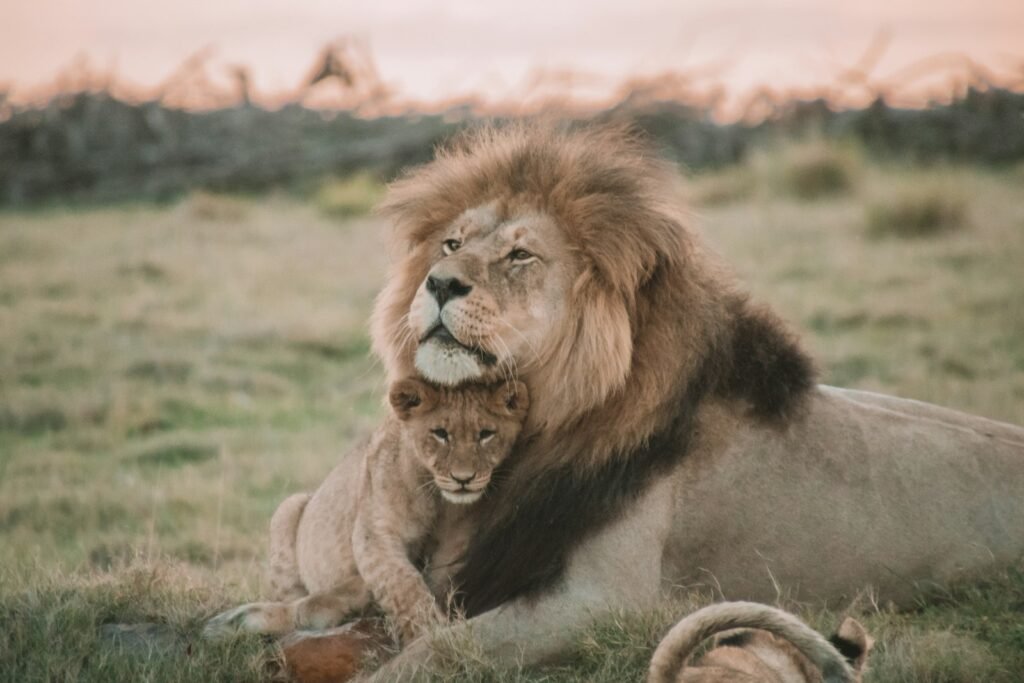
The lion, often referred to as the “king of the jungle,” has long been a symbol of power and authority in African folklore. Revered as a representation of strength and leadership, lions are frequently featured in tales as royal figures. The lion’s majestic presence commands respect, appearing in the traditional stories and proverbs of numerous African tribes. In these narratives, lions often embody the qualities of a wise and just ruler, emphasizing virtues like courage, dominion, and fairness.
Leopards: Guardians of the Mystical Realm
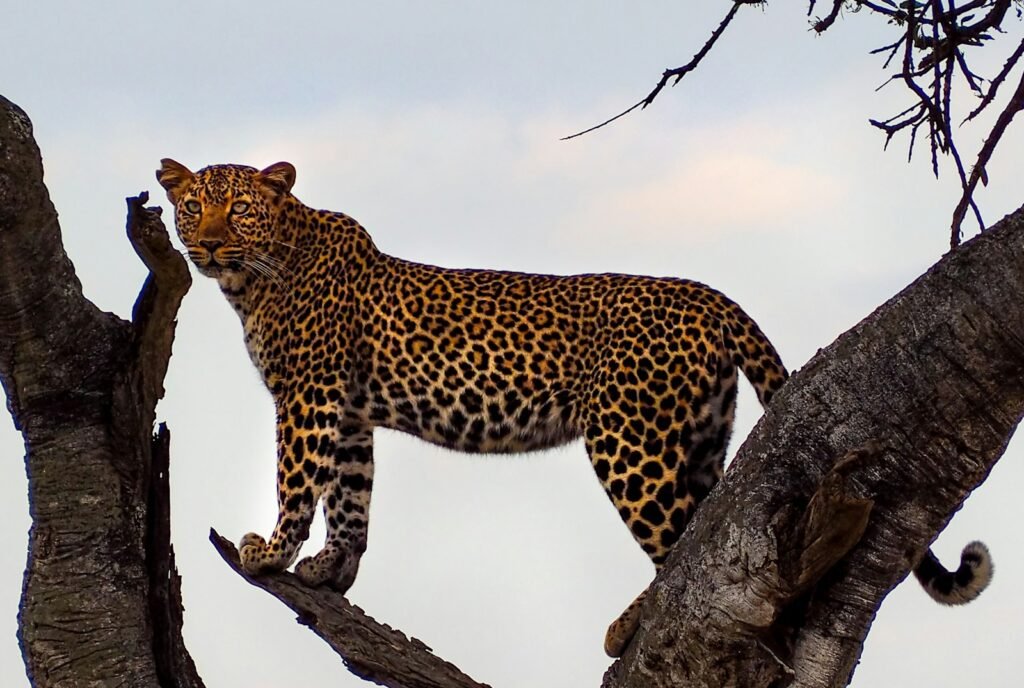
Leopards are predominant figures in African folklore, often placed within a mystical context. Known for their elusive nature and stealth, leopards are seen as magical creatures that traverse the earthly and spiritual realms. Their patterned coats are sometimes interpreted as supernatural markings, giving them a status as animals with hidden powers. In certain cultural stories, leopards are believed to protect sacred sites or act as guides for spiritual journeys, highlighting their integral role in the African mystical landscape.
Cheetahs and the Theme of Speed

Cheetahs, recognized as the fastest land animals, have earned their place in African folklore through themes of speed and agility. The cheetah’s incredible velocity is celebrated in many tales, where they are often depicted as messengers or figures that bring urgent news. Stories emphasize not only their physical attributes but also the importance of swiftness and responsiveness in life. As a result, cheetahs symbolize precision, quick thinking, and the ability to adapt rapidly in changing circumstances.
Big Cats in Creation Myths

In some African cosmologies, big cats feature prominently in creation myths, where they are described as primordial beings involved in the formation of the earth and its elements. These cats sometimes appear as companions to deities or critical players in the order of the natural world. Such myths reinforce the notion of big cats as timeless creatures with a deep connection to the origins of life and the environment.
The Role of Big Cats in Morality Tales
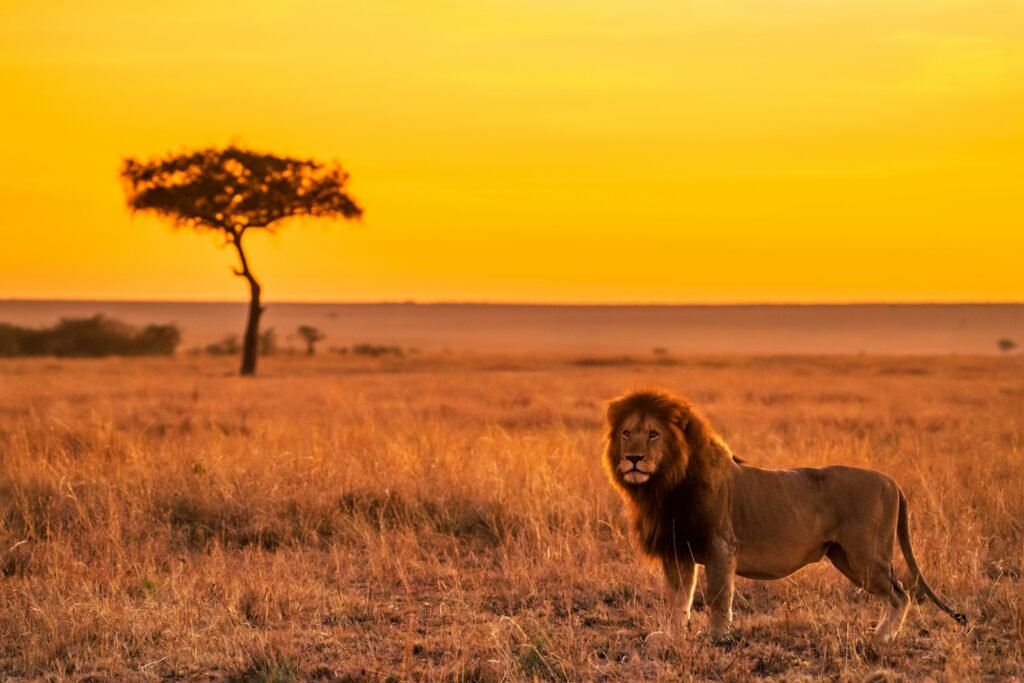
African folklore is rich with morality tales that utilize big cats as central characters. These stories often use the inherent traits of lions, leopards, and cheetahs—bravery, cunning, and speed—to impart life lessons. For instance, a story might feature a lion teaching the value of honesty and integrity, or a leopard demonstrating the consequences of deceit. These tales serve to convey ethical principles and social norms, using the familiar imagery of big cats to reinforce moral teachings.
Folklore and Environmental Awareness
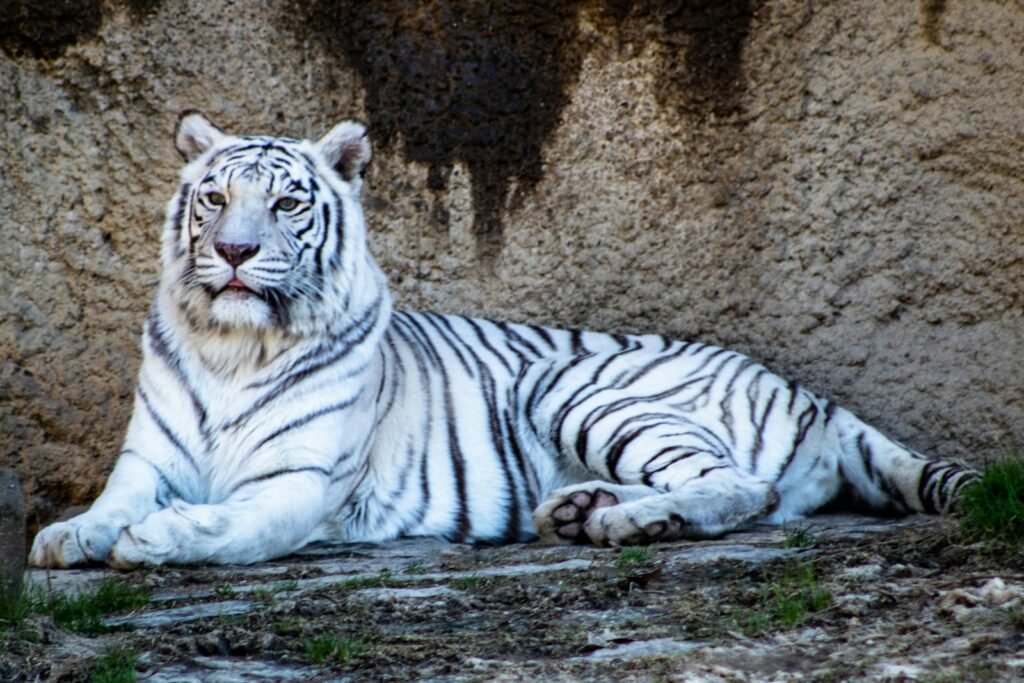
In recent times, the folk narratives of big cats are also being harnessed to promote environmental awareness and conservation efforts. By weaving traditional stories into educational initiatives, communities are encouraged to preserve not just the cultural heritage but also the biological legacy of the big cats. This intersection of folklore and conservation highlights the evolving cultural significance of these animals and the role of storytelling in fostering sustainable coexistence.
Big Cats as Totemic Symbols

Many African tribes regard big cats as totemic animals, linking them to ancestral spirits and community identities. Totemic reverence involves considering these animals as emblematic of familial traits or spiritual guardians. This totemic relationship often dictates social rules, such as prohibitions against harming these animals, thus embedding big cats deeply into cultural identity and environmental ethics.
Cross-Cultural Comparisons
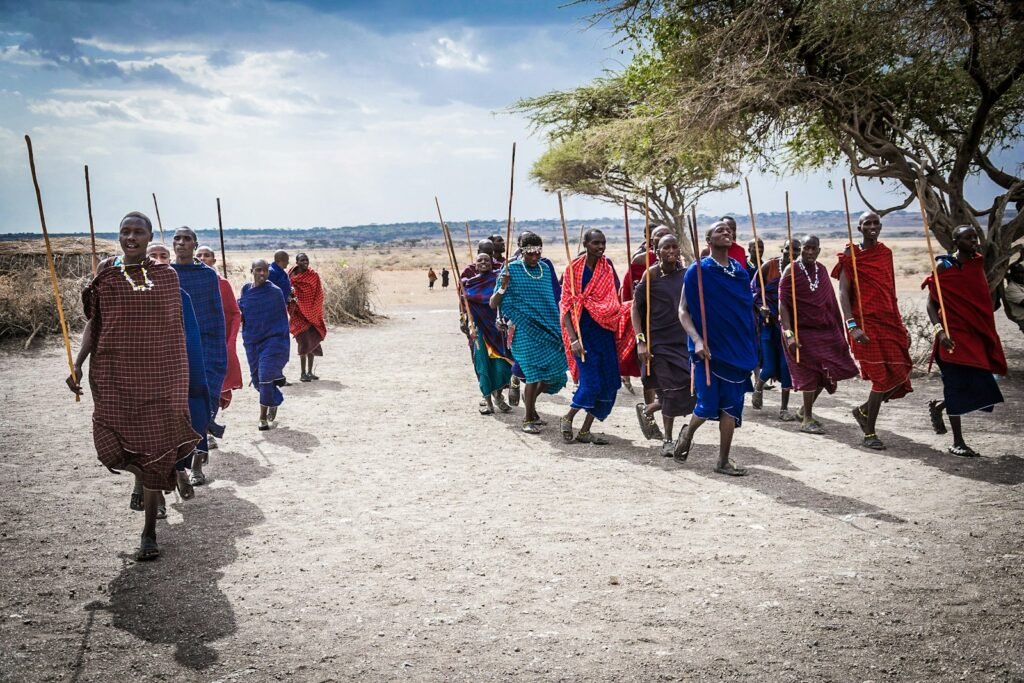
The portrayal of big cats in African folklore shares similarities with other cultures across the globe. The lion, for instance, is a universal symbol of royalty and courage, appearing in various myths from Asia to Europe. By examining these parallels, we gain insight into humanity’s shared fascination with these creatures. This cross-cultural comparison underscores the universality of certain animal traits and their symbolic meanings, which transcend regional boundaries.
Modern Interpretations and Media

In the modern era, big cats continue to influence culture through media representations, including literature, film, and art. African folklore motifs involving these animals have inspired numerous creative works, shaping global perceptions of big cats. Modern reinterpretations provide fresh insights while maintaining the essence of traditional narratives, ensuring that these majestic animals remain as relevant as ever in the cultural consciousness.
Conclusion: The Enduring Legacy of Big Cats in African Folklore
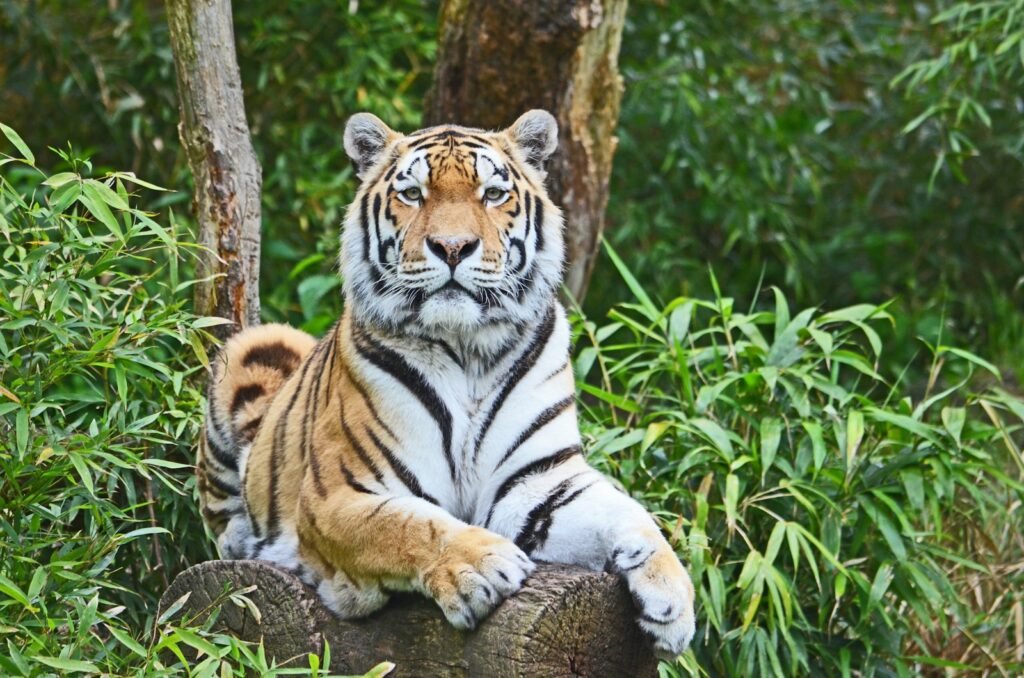
The enduring presence of big cats in African folklore speaks volumes about their significance and the indelible mark they have left on cultural heritage. As symbols of power, mysticism, speed, and morality, they exhibit a complex interplay of qualities that resonate across generations. Through the preservation of these tales, communities continue to honor their natural and cultural landscapes, ensuring that the stories of the big cats remain vibrant and influential in both traditional and contemporary contexts.

Growing up traveling and experiencing new cultures and wonders, I have had a passion for nature, adventuring, photography, and videography. I am currently working towards a BSc in Biodiversity and Ecology at Stellenbosch University, and I hope to specialise in Marine Sciences one day.
Please send any feedback to Feedback@animalsaroundtheglobe.com






